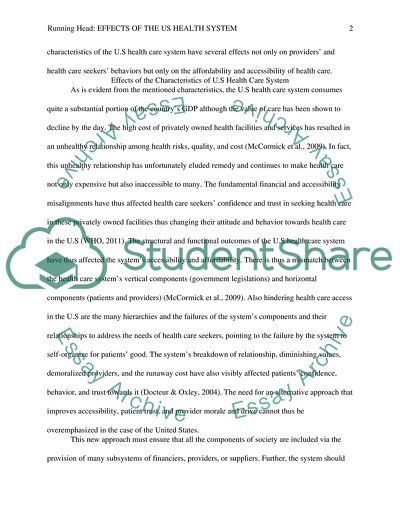Case assignment discuss the effect of the characteristics Essay. https://studentshare.org/medical-science/1779312-effects-of-the-us-health-system
Case Assignment Discuss the Effect of the Characteristics Essay. https://studentshare.org/medical-science/1779312-effects-of-the-us-health-system.


